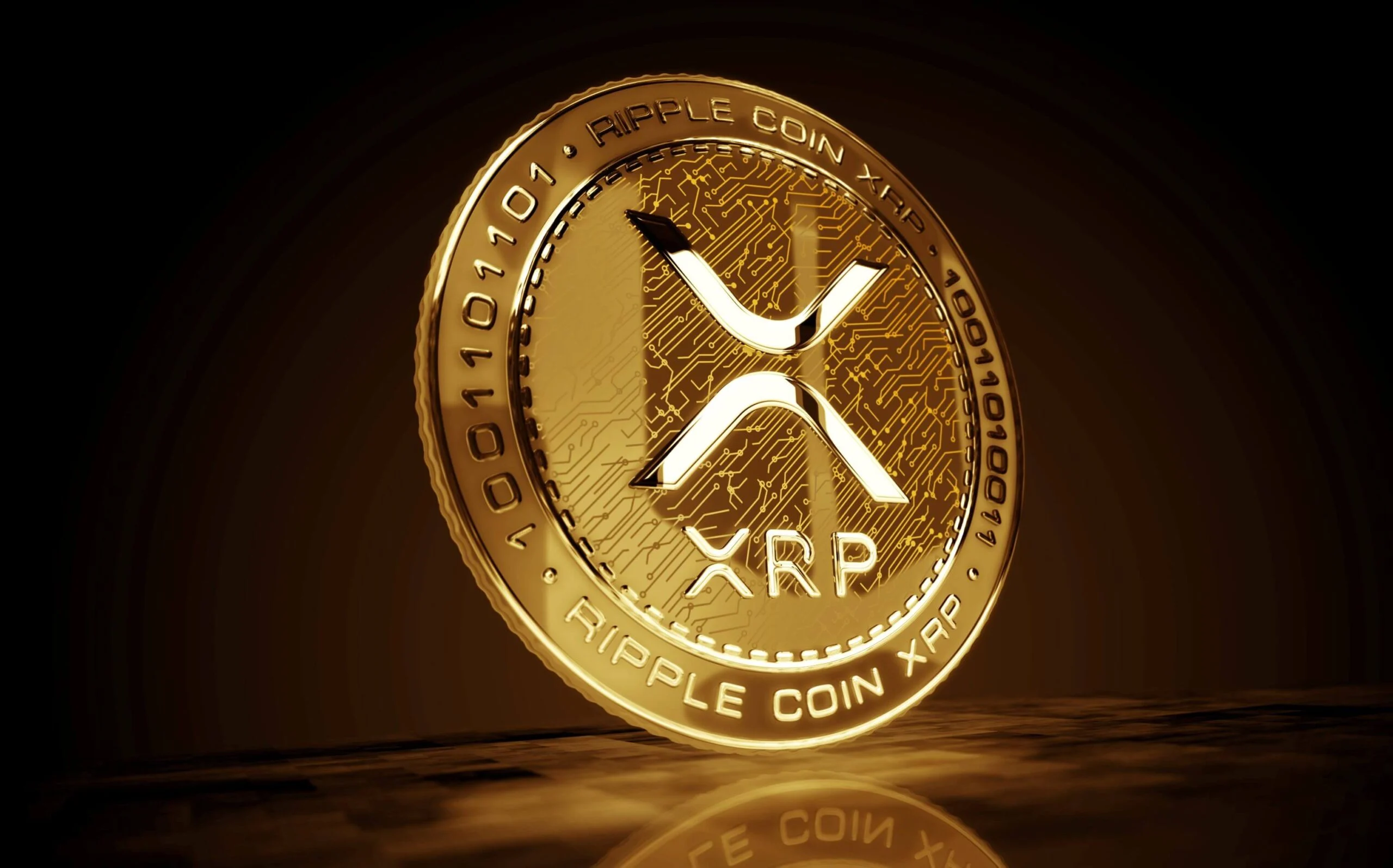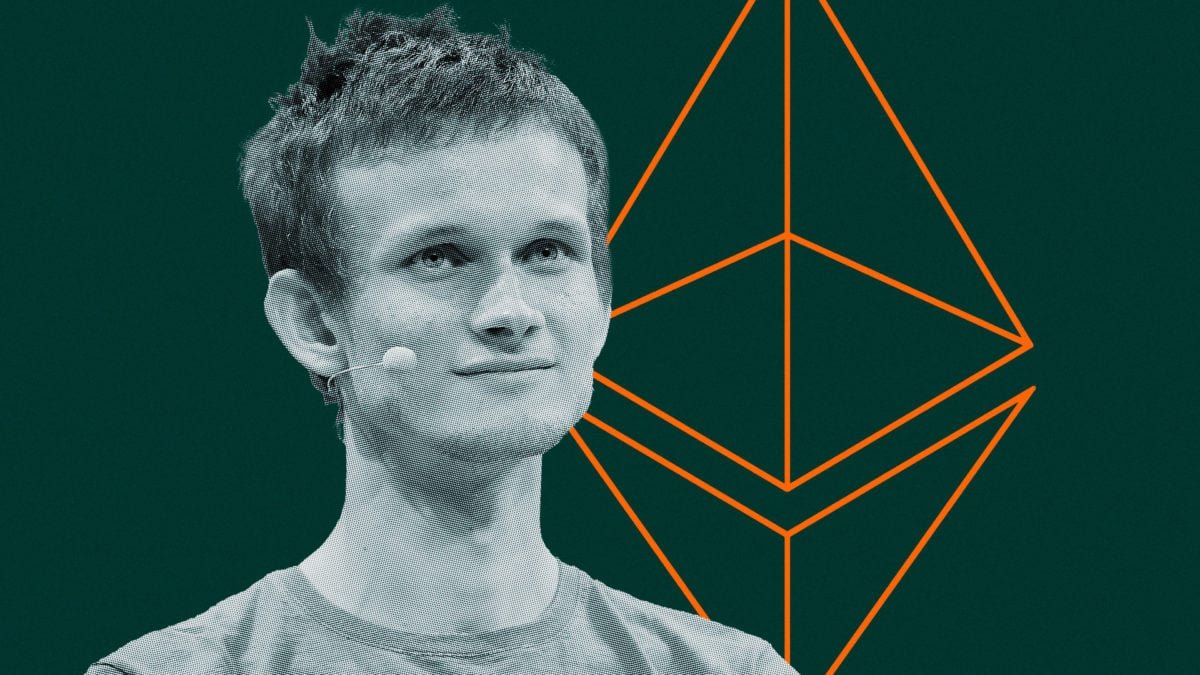Ethereum 2035: What the Next Decade Could Hold for the Leading Smart Contract Platform

As Ethereum celebrates its 10-year anniversary, industry leaders and innovators are envisioning a bold, transformative decade ahead. Since Vitalik Buterin launched Ethereum in 2015, the network has grown from a decentralized computer for smart contracts into the backbone of the Web3 ecosystem, powering decentralized finance (DeFi), NFTs, DAOs, and much more. Now, as the landscape of blockchain technology and digital assets rapidly evolves, what might Ethereum look like in 2035? Here’s what experts from Consensys, Coinbase, RedStone, Optimism, and GameSquare have to say about the future of Ethereum and why it’s positioned to remain a dominant force in crypto, finance, and beyond.
Consensys: Ethereum as the Next-Generation Trust Layer
According to Consensys’ chief economist Mallesh Pai, Ethereum is on track to become the foundational “trustware” of the new global economy. Over the next 10 years, Ethereum is expected to evolve from being a leading smart contract platform into the world’s primary infrastructure for digitizing financial assets. This transition will likely start with stablecoins and expand to include tokenized stocks, real estate, intellectual property, and more. Pai emphasizes that the future of Ethereum depends not only on core developers but also on institutions and mainstream enterprises choosing Ethereum as the technical backbone for asset issuance, global payments, and value exchange.
GameSquare: Institutional Confidence in Ethereum’s Growth
Public companies have traditionally favored Bitcoin (BTC) for their corporate treasuries, yet an increasing number like digital media and gaming leader GameSquare are betting on Ethereum’s future. CEO Justin Kenna sees Ethereum evolving into the “financial and cultural backbone of the internet”, enabling everything from onchain payments and digital identity to entertainment, gaming economies, and branded fan engagement. Community, network composability, and the robust Ethereum ecosystem make it a uniquely credible and valuable long-term asset. As Ethereum becomes the infrastructure layer for brands and creators, its influence will stretch far beyond crypto.
RedStone: From DeFi to Real-World Asset Tokenization
For RedStone co-founder Marcin Kaźmierczak, Ethereum’s biggest frontier isn’t just in DeFi, but in real-world asset tokenization and institutional finance. As scalability improves driven by layer-2 solutions, better virtual machines, and modular blockchain components Ethereum will become the invisible foundation behind global financial systems. In the same way that artificial intelligence powers services in the background today, users in 2035 may interact with Ethereum-based infrastructure without even realizing it. The real metric of Ethereum’s success, Kaźmierczak says, will be how seamlessly it integrates into everyday life—powering value transfer, market access, and compliance for individuals, enterprises, and governments alike.
Optimism: Ethereum as the Onchain Home for Large Institutions
Optimism, a major layer-2 scaling network, envisions a future where every major enterprise migrates critical operations onchain with Ethereum at the base. Sam McIngvale of OP Labs predicts that as regulatory clarity improves, a growing number of financial institutions, payments providers, and technology giants will build directly on Ethereum, leveraging both security and interoperability. Layer-2 solutions like Optimism will unlock affordable, high-speed transactions, enabling smart contracts and decentralized applications to serve global enterprises at scale. The next decade will see traditional industries and Web3 converge on Ethereum’s infrastructure.
Coinbase: Builders Will Shape Ethereum’s Next Era
Coinbase’s Nemil Dalal, head of the developer platform, believes Ethereum’s long-term impact is in the hands of its builder community. As developer tools mature and the network becomes even more user-friendly, entirely new applications will emerge from AI-powered agents to immersive onchain social networks and Web3 gaming. Dalal credits Ethereum’s success to its culture of experimentation and open innovation, and he remains confident that this spirit will keep Ethereum at the cutting edge for years to come.
From Blockchain Experiment to Global Infrastructure
A decade ago, few could have predicted that Ethereum would power billions in DeFi, NFTs, and cross-border commerce. Looking ahead, the consensus among blockchain leaders is clear: Ethereum is shifting from an experimental decentralized computer to critical infrastructure for the digital world. It is set to become the invisible engine behind identity, finance, culture, and technology quietly running the systems that connect people, businesses, and ideas worldwide.
With ambitious roadmaps and an ever-growing community of builders, Ethereum in 2035 could be as integral to the economy and internet as cloud computing and AI are today. The next decade is poised to further cement Ethereum’s status as the backbone of decentralized innovation and digital transformation.







